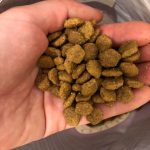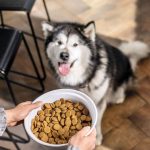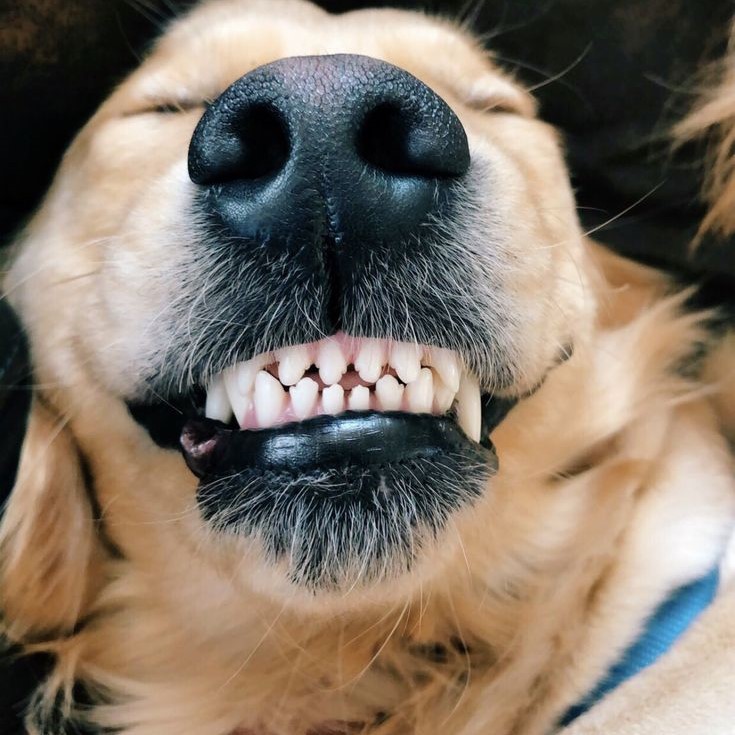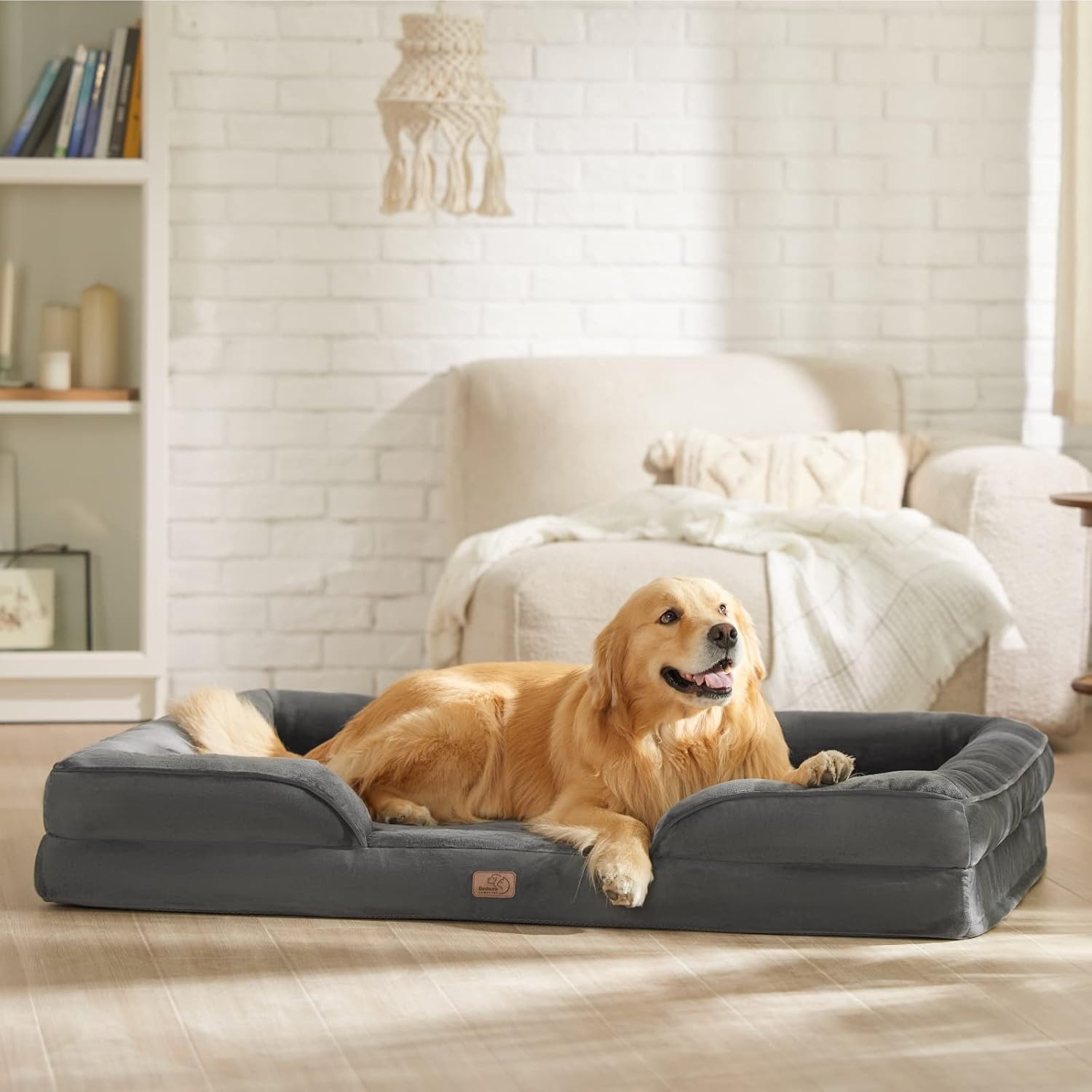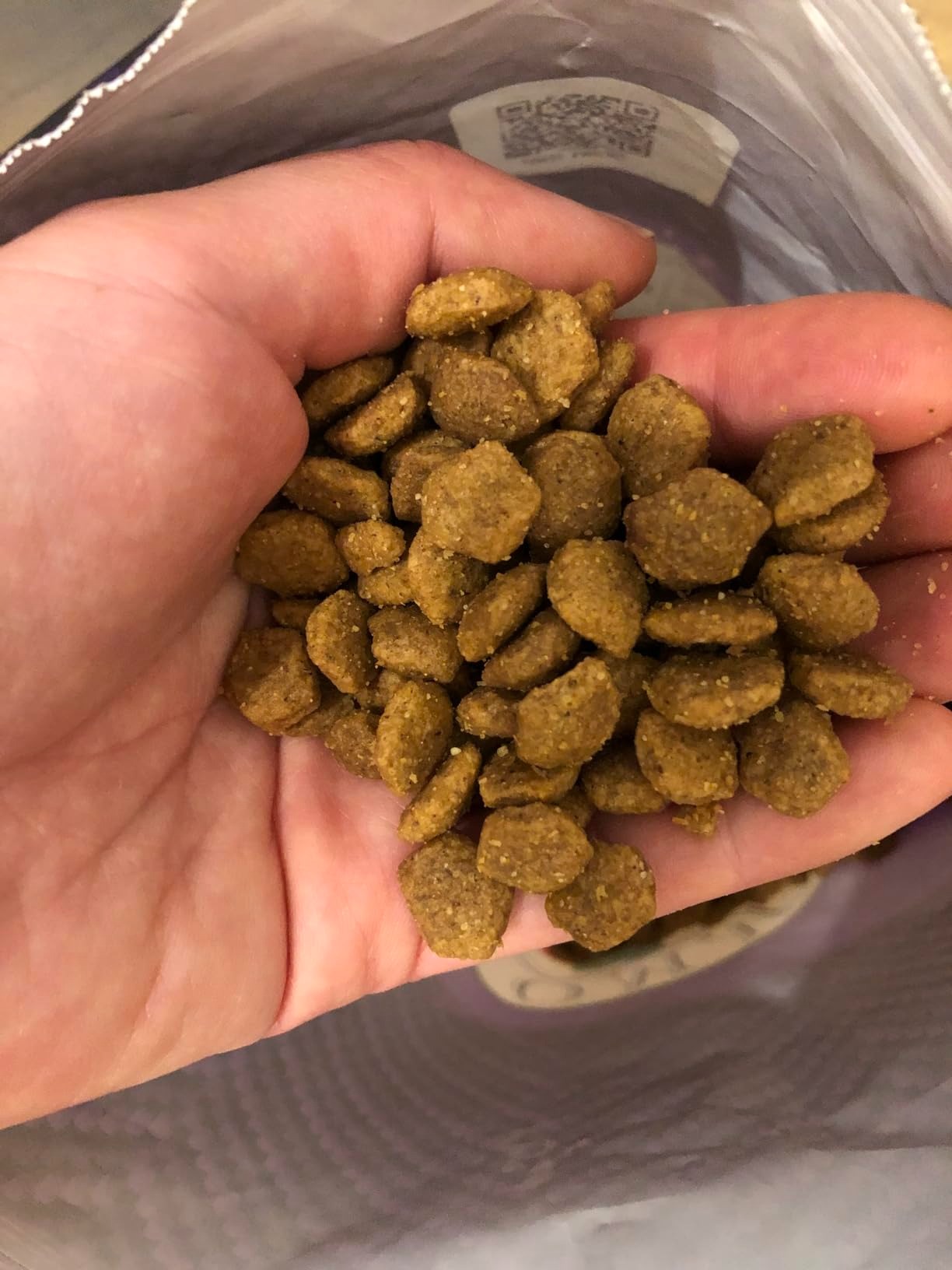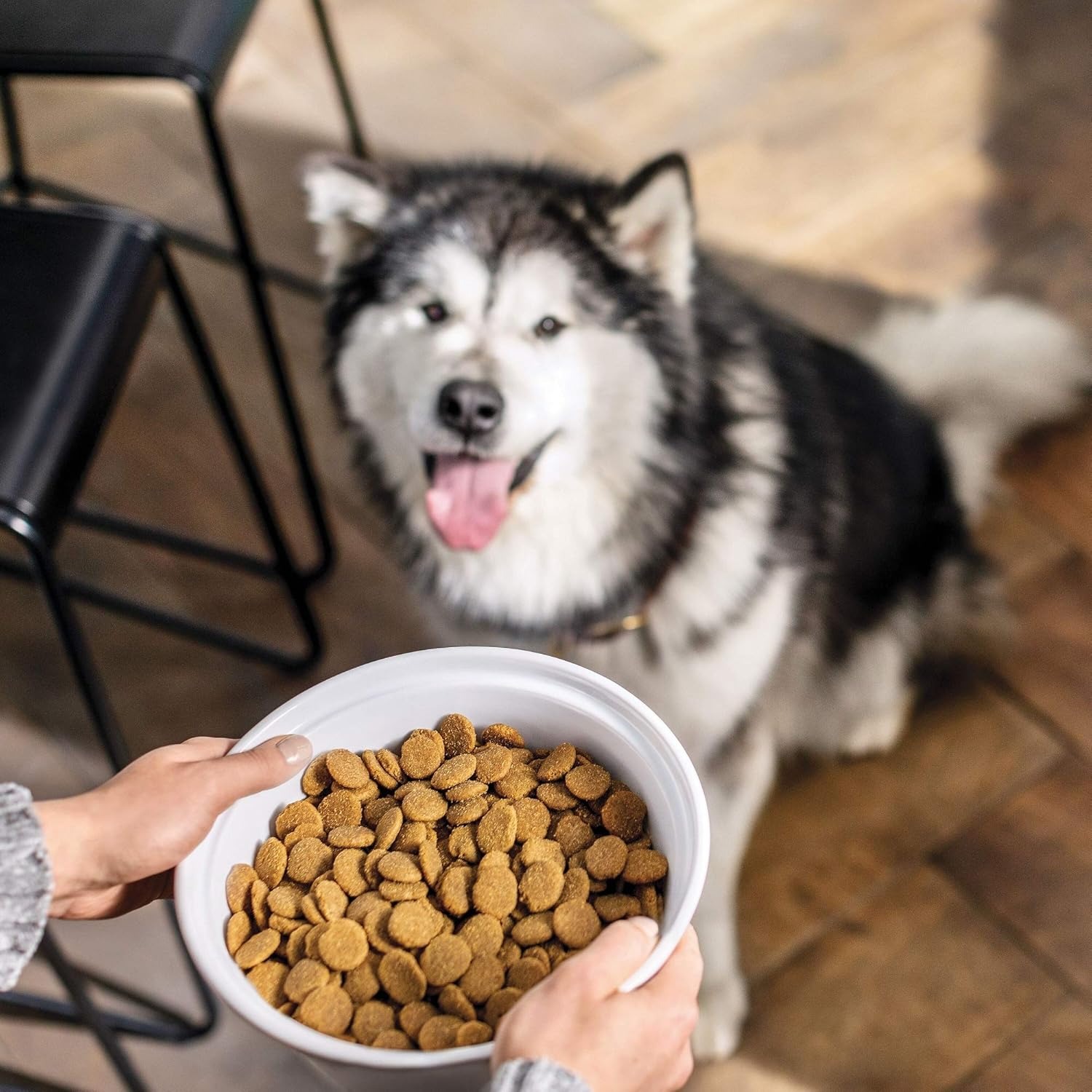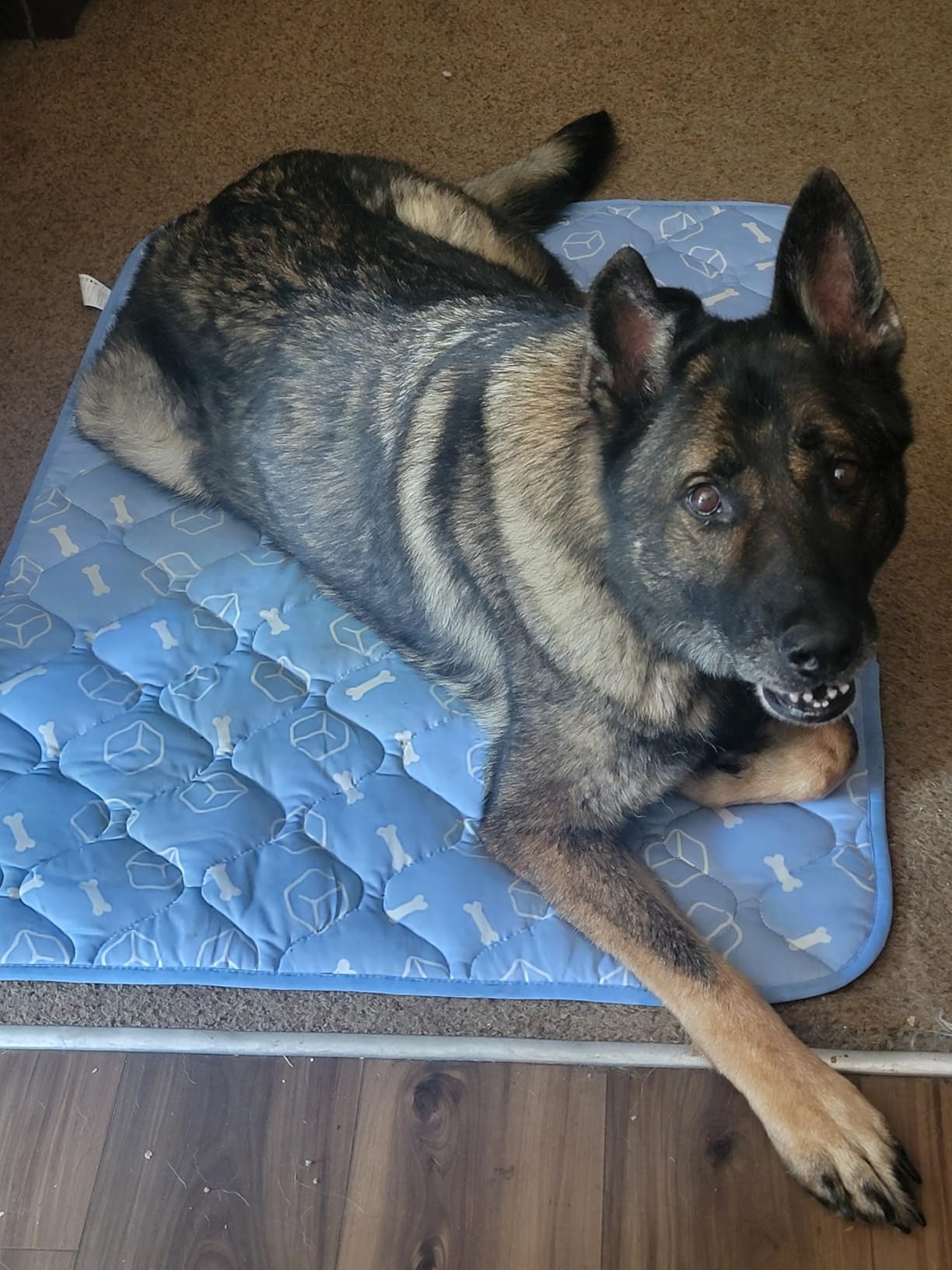What is Teeth Grinding in Dogs?
Teeth grinding, also known as bruxism, happens when a dog clenches or grinds its teeth. It can be a sign of discomfort or an underlying health issue. The dog grinding teeth often produces a noticeable sound, indicating a problem worth addressing.
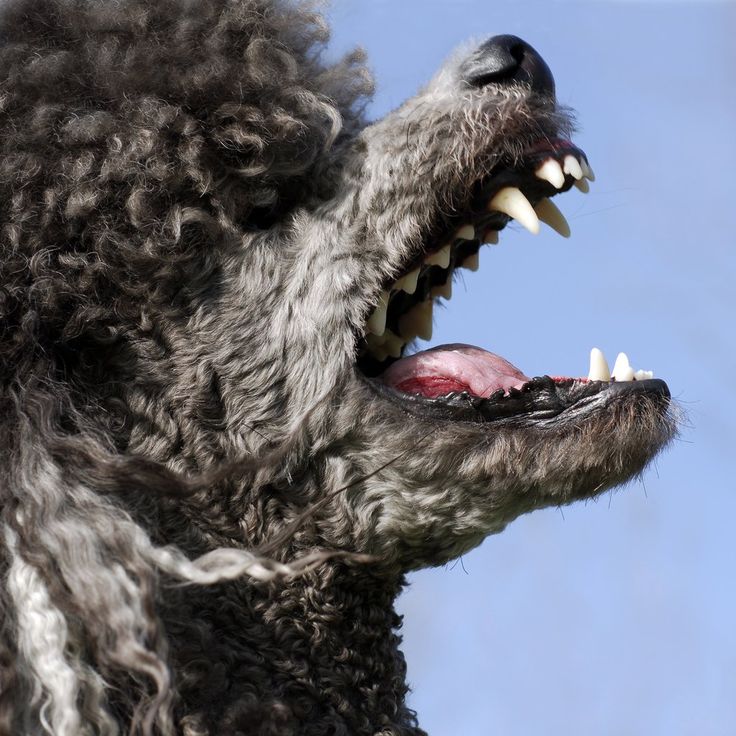
Signs and Symptoms of Teeth Grinding
Recognizing teeth grinding in dogs is vital for timely care. The most prominent signs include:
- Audible grinding or clicking of the teeth.
- Swollen or inflamed gums.
- Difficulty eating or chewing food.
- Excessive drooling or mouth discomfort.
- Changes in behavior, such as irritability.
Regular observation of these symptoms can help identify teeth grinding early. Prompt detection ensures better treatment and prevention of complications.
Is Teeth Grinding Common in Dogs?
Teeth grinding in dogs is not a widespread problem but occurs in some cases. It is more common in dogs with dental issues, jaw misalignment, or stress. Small breeds and older dogs may be more prone to dental complications leading to bruxism. Understanding whether your dog shows signs of grinding enables preventive or corrective care.
Common Causes of Teeth Grinding in Dogs
Understanding the reasons behind a dog grinding teeth is essential for providing effective care. Several factors may lead to this behavior. Here are the most common causes:
Dental Issues and Pain
Dental problems are a leading cause of teeth grinding in dogs. Pain from tooth decay, infections, or broken teeth often triggers bruxism. Dogs may grind their teeth as an attempt to cope with their discomfort.
Periodontal disease can also irritate gums, making chewing or jaw movements uncomfortable. Regular dental checkups help identify and address these issues early. Maintaining oral hygiene prevents dental problems and reduces grinding risks.
Stress and Anxiety
Stress, fear, or anxiety can cause unusual behaviors, including teeth grinding. Dogs under emotional distress may clench their jaws as a coping mechanism.
A change in environment, loud noises, or separation anxiety often heightens stress levels. Identifying stress triggers can help minimize grinding. Providing a calm and safe space reduces anxiety and improves overall well-being.
Jaw and Alignment Problems
Misaligned teeth or jaw abnormalities may lead to bruxism. Congenital defects in the jaw structure often make chewing difficult or painful.
Dogs with misalignment may struggle to eat properly, causing grinding as a response. Corrective care, such as surgery or orthodontics, can resolve alignment issues and reduce discomfort.
Gastrointestinal Disorders
Digestive problems, such as acid reflux or nausea, may indirectly cause teeth grinding. These issues create internal discomfort, which dogs may express through external behaviors.
Addressing gastrointestinal conditions improves their overall comfort levels and may help eliminate grinding. Diet adjustments or medications often provide relief from stomach-related discomfort.
Diagnosing Teeth Grinding in Dogs
Recognizing and diagnosing teeth grinding in dogs early is crucial for effective treatment. Timely diagnosis can prevent further complications and ensure your dog’s well-being. Observing your dog’s behavior and taking prompt action can make a big difference.
When to Visit the Veterinarian
You should visit a veterinarian if your dog shows persistent teeth grinding. If grinding is accompanied by other symptoms like difficulty chewing, drooling, or behavioral changes, seek professional help immediately. Swollen gums, excessive jaw movements, or a noticeable sound of grinding also need attention.
In some cases, grinding caused by stress or temporary discomfort might subside. However, prolonged grinding suggests an underlying issue that requires medical evaluation. Early intervention ensures better outcomes and prevents ongoing pain.
Diagnostic Methods and Tests
Veterinarians use several methods to diagnose dog grinding teeth causes. First, they conduct a physical examination of the mouth, teeth, and gums. This helps identify dental issues such as infections, decay, or misalignment.
They may also perform X-rays or imaging tests to check for jaw alignment problems. These tests reveal hidden issues like fractures or structural defects. If gastrointestinal discomfort is suspected, additional tests like endoscopy or blood tests may be recommended.
In some cases, veterinarians might evaluate stress or anxiety levels. Observing your dog’s environment and triggers helps determine emotional causes of grinding. Combining these diagnostic steps ensures a comprehensive understanding of your dog’s condition.
Potential Health Problems Linked to Teeth Grinding
Teeth grinding in dogs may lead to serious health problems if left untreated. Understanding these risks helps in taking timely action to protect your dog’s health. Below are the potential health issues associated with teeth grinding.
Dental Damage and Wear
Teeth grinding can cause significant damage to your dog’s teeth. Over time, the constant grinding wears down the enamel, leading to:
- Tooth fractures or chipping.
- Increased sensitivity to hot or cold food.
- Exposure of tooth pulp, which can cause severe pain.
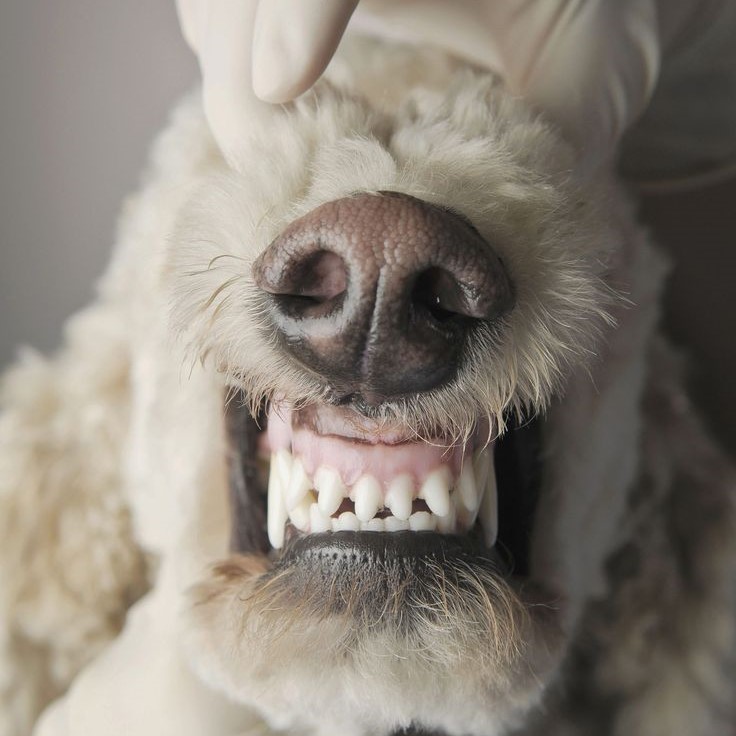
Dental damage also increases the risk of bacterial infections. Such infections may spread to other organs, creating further complications. Regular dental check-ups can prevent long-term damage.
Gum and Jaw Issues
Chronic grinding can strain your dog’s gums and jaw. This may result in:
- Swollen, inflamed, or bleeding gums.
- Reduced jaw mobility, making eating difficult.
- Temporomandibular joint (TMJ) disorders, causing persistent pain and discomfort.
Prolonged gum or jaw problems can affect your dog’s overall ability to eat and maintain proper nutrition. Early diagnosis and treatment help manage these complications effectively.
Secondary Health Complications
Teeth grinding may contribute to other health issues beyond the mouth. Possible secondary complications include:
- Chronic stress or behavioral issues due to ongoing discomfort.
- Digestive issues from improper chewing of food.
- Nutritional deficiencies caused by difficulties in eating.
In severe cases, untreated teeth grinding can also weaken your dog’s immune system. This makes them more susceptible to illnesses. Addressing the underlying causes of grinding reduces these risks significantly.
By understanding the health problems associated with teeth grinding, you can prioritize your dog’s care. Timely intervention ensures a happier, healthier life for your pet.
How to Help a Dog Stop Grinding Their Teeth
Helping a dog stop grinding their teeth is essential for their comfort and well-being. Several strategies address the root causes and symptoms of this behavior. Below are useful methods to manage and reduce teeth grinding in dogs.
Dental Care and Treatment Options
Proper dental care can alleviate teeth grinding caused by oral discomfort. Here’s what you can do:
- Schedule regular dental check-ups with your veterinarian. Early detection prevents severe dental problems.
- Treat existing dental issues like infections, decay, or broken teeth promptly.
- Provide dental chews or toys to maintain oral hygiene and reduce plaque buildup.
- Brush your dog’s teeth regularly with vet-approved toothpaste.
- Consider dental treatments, like scaling or polishing, to improve their oral health.
Professional dental care and preventive measures can significantly reduce grinding caused by pain or discomfort.
Reducing Stress and Anxiety Triggers
Stress often leads to teeth grinding in dogs. Reducing their stress can help curb this behavior:
- Identify and minimize triggers, such as loud noises or changes in environment.
- Maintain a consistent daily routine to give your dog a sense of security.
- Provide a safe and quiet space for your dog to relax.
- Use calming aids, such as anxiety vests or pheromone diffusers, for additional comfort.
- Offer plenty of physical exercise and stimulating activities to release pent-up energy.
Addressing stress and anxiety helps prevent behaviors like jaw clenching and teeth grinding.
Adjusting Diet for Gastrointestinal Comfort
Dietary changes can help reduce grinding caused by stomach discomfort. Consider these steps:
- Feed your dog smaller, more frequent meals to aid digestion.
- Choose high-quality, easily digestible dog food suitable for their age and needs.
- Avoid feeding table scraps or foods that could upset their stomach.
- Provide plenty of fresh water to stay hydrated and maintain gut health.
- Consult your vet for digestive supplements or medications if issues persist.
A proper diet ensures gastrointestinal comfort and minimizes stress-related teeth grinding.
By implementing these strategies, you can help your dog live a healthier, more comfortable life.
Preventing Teeth Grinding in Dogs
Preventing your dog from grinding their teeth involves proactive care and attention. By addressing potential causes and establishing healthy habits, you can reduce the risk of this behavior. Below are effective strategies to protect your dog’s dental health and overall well-being.
Regular Dental Checkups
Regular dental checkups are crucial for preventing teeth grinding caused by dental problems:
- Schedule annual or biannual visits to your veterinarian for oral examinations.
- Identify and treat dental issues like decay or infections early.
- Monitor jaw alignment during checkups to detect hidden abnormalities.
- Opt for professional cleaning to remove plaque and prevent gum disease.
Routine dental visits ensure timely intervention, preserving your dog’s oral health and comfort.
Proper Oral Hygiene Practices
Maintaining your dog’s oral hygiene reduces the risk of grinding:
Brush Their Teeth Daily
- Regular Brushing: Just like humans, dogs benefit from regular tooth brushing. Brushing their teeth daily helps reduce plaque buildup and prevents dental problems that could lead to discomfort and teeth grinding.
- Vet-Approved Toothpaste: It’s essential to use toothpaste specifically designed for dogs. Human toothpaste can be harmful to pets, as it contains ingredients that can be toxic to them. Look for vet-approved options to ensure safety and effectiveness.
- Proper Technique: When brushing your dog’s teeth, use a soft-bristled toothbrush. Gently brush in circular motions, focusing on the gum line and the surfaces of the teeth. Make the process enjoyable, perhaps starting with short sessions and gradually increasing the duration as your dog becomes accustomed to it.
Provide Dental Chews or Toys
- Dental Chews: Offering dental chews can be an effective way to promote oral hygiene. These products are designed to help clean teeth as your dog chews on them, effectively removing plaque and tartar buildup.
- Toys for Gums: Specific toys are made to massage gums and clean teeth while your dog plays. Rubber or nylon toys with ridges can provide this dental benefit. Always choose toys that are sized appropriately for your dog to prevent choking hazards.
- Consistency is Key: Make dental chews and toys a regular part of your dog’s routine. This consistency reinforces their importance in maintaining good oral health and can help reduce the likelihood of teeth grinding.
Check for Signs of Dental Issues
- Regular Inspections: Take the time to regularly inspect your dog’s mouth and teeth. Look for signs of swollen gums, broken teeth, or any other abnormalities that could indicate dental problems.
- Identifying Symptoms: Common indications of dental issues in dogs include bad breath, difficulty chewing, reluctance to eat, and noticeable changes in behavior. If you notice any of these signs, consult your veterinarian promptly for further evaluation.
- Importance of Early Detection: Detecting dental problems early can prevent more serious issues from developing. Regular inspections allow you to take action before dental issues cause discomfort or lead to teeth grinding.
Prevent Plaque Buildup
- Consistency in Routine: Establishing a consistent cleaning routine is crucial in preventing plaque formation. Regular brushing, use of dental chews, and inspection will keep your dog’s teeth and gums healthy.
- Nutrition Matters: Alongside a good dental hygiene routine, providing a balanced diet can also reduce plaque buildup. Nutritional options designed for dental health can support your dog’s oral hygiene.
- Veterinary Hygiene Guidance: Work closely with your veterinarian to develop and maintain an effective oral care routine tailored to your dog’s specific needs. Your vet can provide recommendations on cleaning products and treatments that may help prevent dental issues.
Good hygiene practices protect your dog’s teeth and enable painless chewing, preventing grinding.
Monitoring and Managing Stress Levels
Stress can trigger teeth grinding; managing it improves your dog’s well-being:
- Observe potential stress triggers, such as loud noises or major changes at home.
- Offer a predictable routine to help your dog feel secure.
- Create a safe, calming environment for your dog to relax.
- Provide regular physical exercise to release built-up energy.
- Use calming aids like pheromone diffusers or anxiety vests when needed.
Limiting stress in your dog’s life lowers the chances of behaviors like jaw clenching and grinding.
By focusing on these preventive measures, you can greatly reduce teeth grinding risks for your dog. Consistent care ensures their sustained comfort and health.
When to Seek Professional Help
Knowing when to seek professional help is crucial for addressing your dog’s teeth grinding. Persistent grinding may indicate serious underlying issues requiring veterinary care.
Identifying Emergency Situations
Some situations need immediate attention from a veterinarian. Look for the following signs:
- Grinding paired with swollen or bleeding gums.
- Difficulty eating or chewing food.
- Excessive drooling and visible mouth discomfort.
- Behavioral changes like agitation or withdrawal.
- Grinding that lasts for several days without improvement.
These signs may suggest severe dental damage, jaw issues, or other health complications. Prompt veterinary care can prevent further harm and ensure relief.
Teeth grinding due to gastrointestinal discomfort or injury also requires urgent action. If your dog seems distressed or nauseous, visit the vet immediately.
Long-term Care and Management
Long-term care helps manage teeth grinding effectively. Work closely with your vet to create a plan:
- Schedule regular dental check-ups to monitor oral health.
- Treat underlying dental, jaw, or digestive problems.
- Provide dental chews or aids recommended by your veterinarian.
- Adjust your dog’s diet for improved digestion and comfort.
- Use anxiety-reducing techniques if stress triggers grinding.
Your vet may suggest treatments like orthodontics or medications for specific conditions. Monitoring your dog’s progress ensures ongoing health and reduces grinding risks.
By seeking professional help when needed, you can improve your dog grinding teeth’s quality of life. Early diagnosis and proper care result in a happier, healthier pet.

